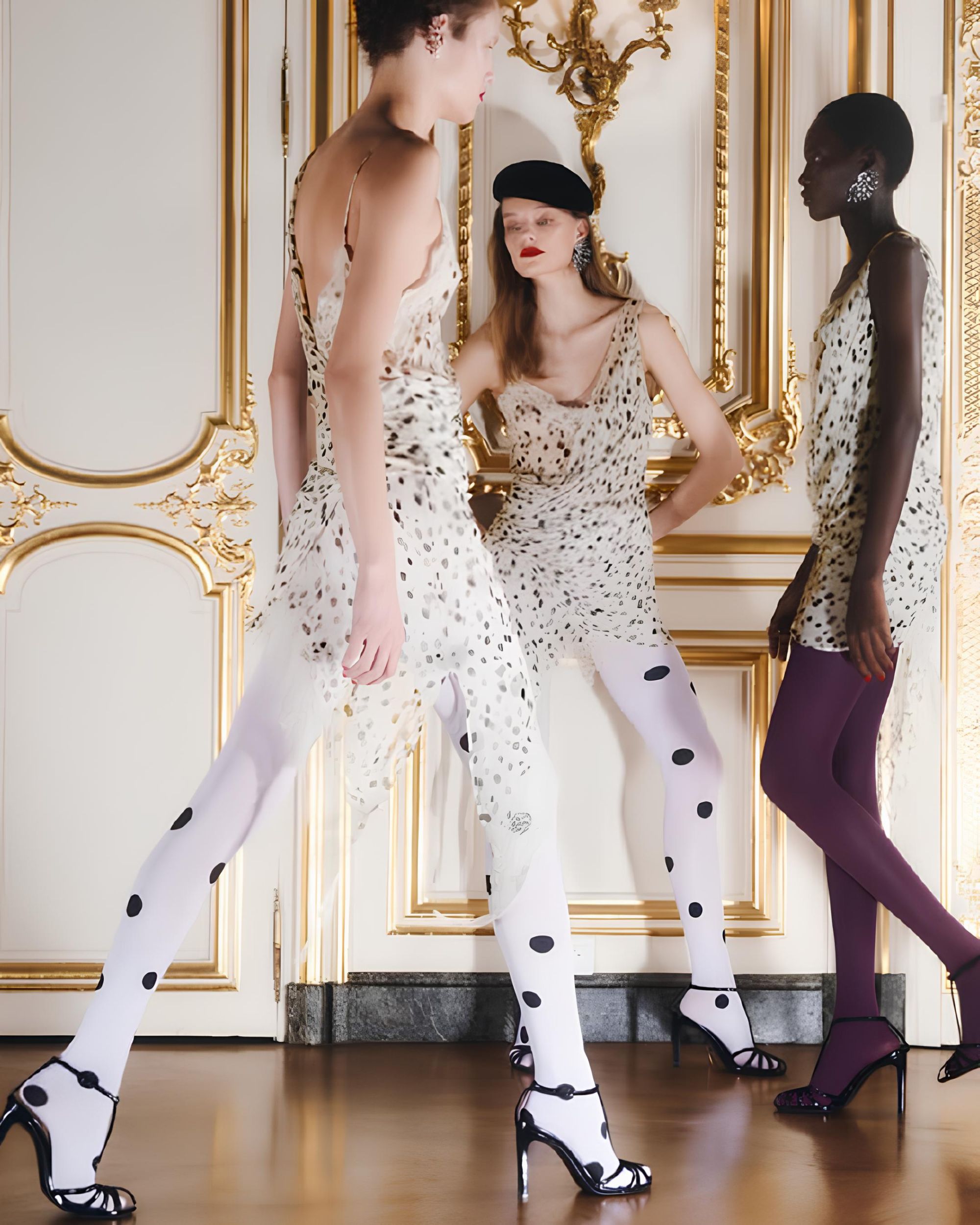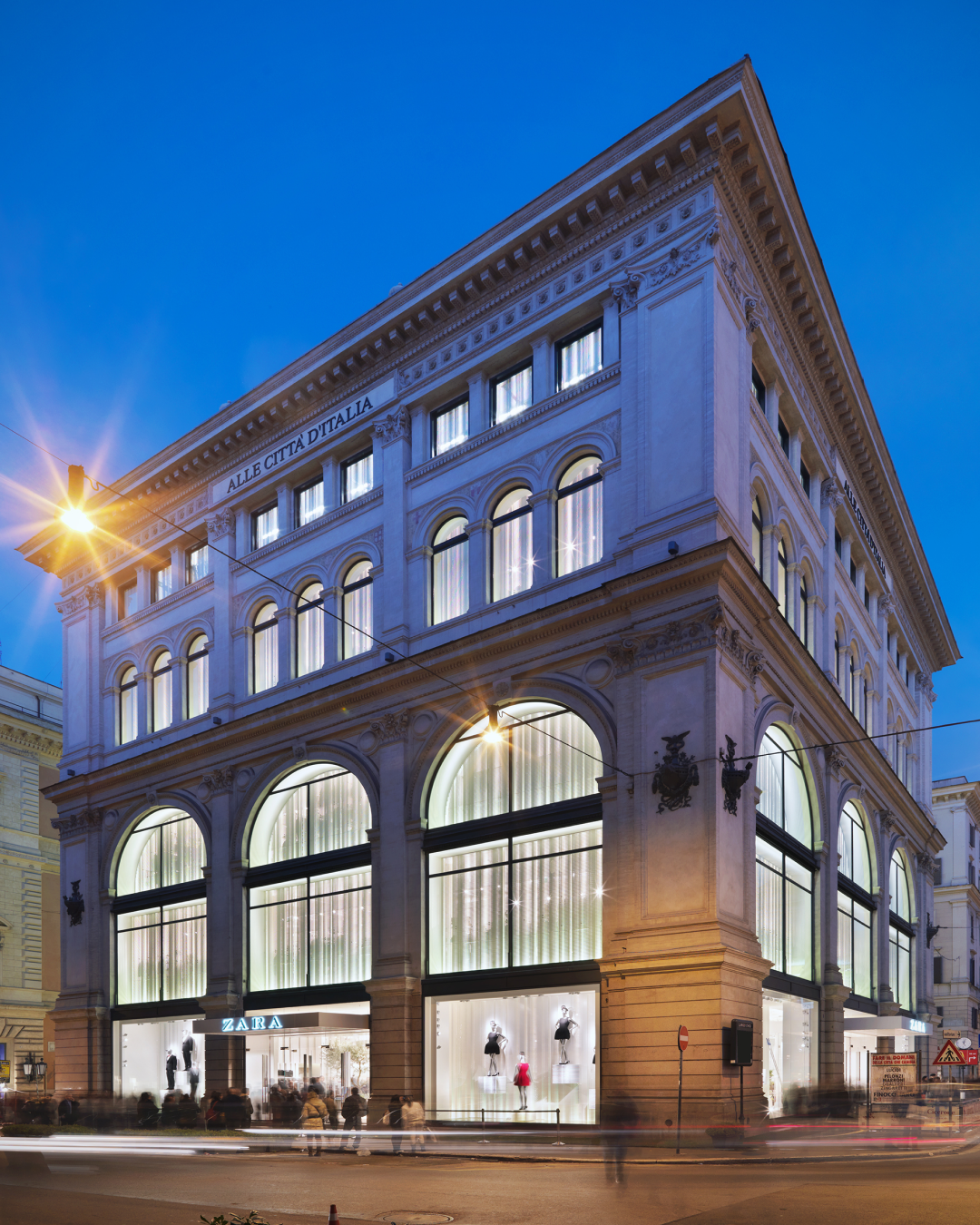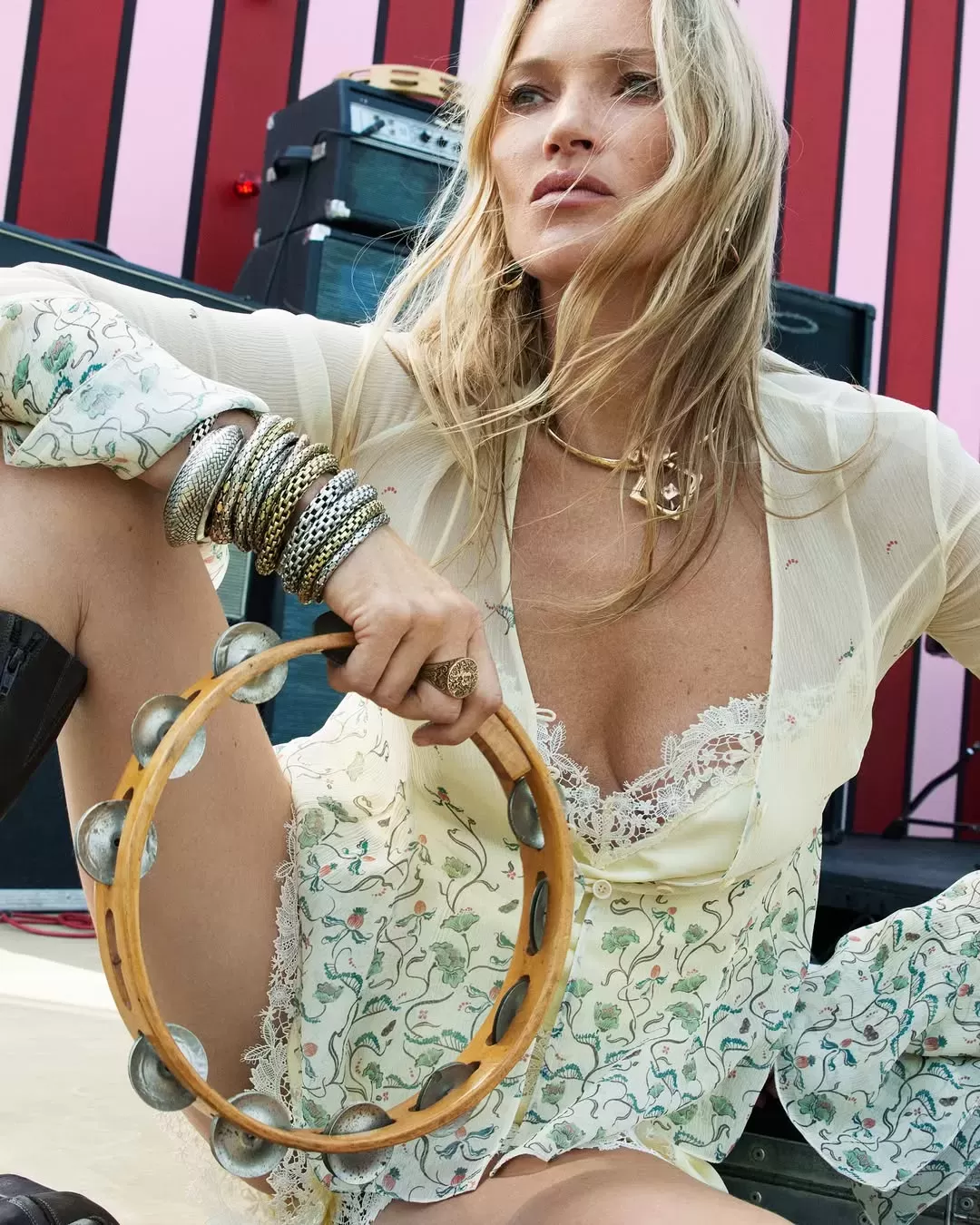
Are Zara designer collaborations the new normal? The pace at which they follow one another is becoming increasingly frantic
Zara announced yesterday its next collaboration with Nanushka, the Hungarian brand founded by Sandra Sándor in 2006, which over time has become known for its minimalist and utilitarian designs with a touch of luxury sophistication. This time, in addition to clothing, the collaboration will also extend to home furnishings, in an attempt (we presume) to leverage the power of fashion branding into the Home category, following the great reception of Zara Home's collaboration with designer and architect Vincent Van Duysen, renewed for the third time this summer. The announcement of the collaboration with Nanushka, however, is not surprising: at the end of September, there was the second chapter of the collaboration with Harry Lambert, two weeks ago came the one with Stefano Pilati, in November there will be the one with Kate Moss, while at the beginning of October, the one with Samuel Ross was announced, set to launch in early 2025. The increasing frequency of these announcements suggests that the Spanish fast fashion giant has found a winning strategy: leveraging a packed calendar of collaborations and limited editions to draw customers to stores, make them feel the urgency to buy immediately, and in the meantime repositioning itself in the market, sparking conversation in fashion circles. And with the expansion of these collaborations into home and beauty products, such as the hair products co-signed by Guido Palau, we have to ask ourselves: are Zara's collaborations the new normal?
A few days ago, Pambianco reported that, according to Statista, the turnover of the fast fashion sector is expected to reach a total of 136 billion dollars this year, then grow to 187 billion by 2027. A massive growth that not only approaches the luxury fashion industry's turnover (which this year, according to Statista, will have a total revenue of 145 billion dollars) but that some analysts predict could even surpass it. And considering the growing issues faced by the Italian manufacturing sector in addition to the gradual cooling of luxury sales, which is also creating turbulence in the stock market for the mega-groups in the sector, the future of fashion as we know it seems far from rosy. The secret to this widening gap might partly lie in the continuous collaborations that Zara and other players have started churning out: by calling upon designers like Stefano Pilati, Samuel Ross, or brands like Nanushka, the Spanish giant legitimizes itself in the eyes of former aspirational luxury clients and turns them into customers. After all, it can be confusing: not only do the brand and collaboration products look very similar to each other, but in some cases Zara's co-signed products contain more fibers and natural materials such as leather and wool than Random Identities' products. . Even Pilati himself, when talking about the collection, expressed surprise at the quality of Zara's production capabilities.
The strategy works. So well, in fact, that not only is Zara pushing forward with collaborations, even producing ultra-specific ones like the one with Indian artist Jayesh Sachdev in celebration of Diwali, one of the most important Indian religious festivals, but for example H&M is working on a sort of mega-celebration of all its past designer collaborations. To celebrate the twentieth anniversary of its first collaboration with Karl Lagerfeld, H&M will create a re-edition of pre-loved items recovered through the secondhand platform Sellpy and in some vintage stores around the world, bringing it on a sort of mega European tour (with one stop also in New York) that will culminate with an online release. Essentially, the idea is less about celebrating H&M's history and more about legitimizing the brand's weight in the designer fashion sector through the brands it has collaborated with. It’s clear that such a collaboration paves the way for others to come—the first, already in its second chapter, with Heron Preston, who signed a contract this year as a “creative advisor,” and possibly with others that will be announced.
And while these collaborations do indeed make fashion culture more democratic, one can’t help but think that their strengthening and expansion are the result, not the solution to the crisis affecting the current luxury system: a way that the market is evolutionarily adapting the creative offer to the commercial demand, making creative designs cost what the public would actually be willing to pay for them. But also a path that more and more independent designers are taking to showcase themselves to a truly large audience, one that’s truly capable of raising the bar of their popularity. Stefano Pilati, to use the most famous example, is a prominent figure in fashion, but until the Zara collection, and perhaps even after, his name says little to the general public, to new generations—and not because of artistic prestige, but simply because the clientele for whom Pilati has worked so far is tiny compared to the global clothing market, which is increasingly saturated and increasingly divided between those who have a lot and those who have almost nothing. The same can be said for almost every other designer today, except perhaps Giorgio Armani and Donatella Versace for older generations, and Jacquemus or Alessandro Michele for younger ones.
Buying something from Zara for the first time in at least a decade due to the Stefano Pilati collaboration. That it's pure wool and not disturbingly cheap defs part of it. This suit: pic.twitter.com/VYMvHPwgdN
— Will Absolute Horror (@ShowerAbsolute) October 4, 2024
Simply put, that tiny clientele no longer pays as well as it used to, it’s no longer enough to propel a designer’s career and their brand forward, and thus they need to turn to a mass market to be recognized and to be able to sell. There’s nothing wrong with it: even the best designer currently in circulation, Jonathan Anderson, supplements his income by collaborating with Uniqlo every season without causing the slightest scandal. You can compromise with fast fashion if you let go of the elitism typical of fashion circles, and especially if you stop thinking that this mass distribution pollutes the planet more than it tries to clean it. Nevertheless, this strategy remains doubly valid at a time when the luxury market is stuck in the trap of raised prices that it cannot (at least publicly) bring down finding itself, paradoxically, hostage to itself and increasingly distant from the middle market segment and aspirational customers who, thanks to the collaborations themselves, no longer have too many qualms about buying a “designer” garment from Zara, Uniqlo or H&M if a good brand is involved. Perhaps one day, Zara collaborations will truly be all we can afford.
































































